The Assam Rifles came into being in 1835, as a militia called the ‘Cachar Levy’. With approximately 750 men, this Force was formed to primarily protect British Tea estates and their settlements against tribal raids. Subsequently, all these Forces were reorganised and renamed as the ‘Frontier Force’ as their role was increased to conduct of punitive expeditions across the borders of Assam. This Force significantly contributed in opening the region to administration and commerce and over time they came to be known as the “right arm of the civil and left arm of the military”. In 1870, existing elements were merged into three Assam Military Police Battalions, named as Lushai Hills, Lakhimpur and Naga Hills. The ‘Darrang’ Battalion was raised just before the onset of World War–I. Since Reservists were difficult to be called on short notice and Gurkha Battalions’ soldiers were on leave in Nepal, the Assam Military Police were tasked to take their place. Thus, this Force sent over 3000 men as part of the British Army to Europe and the Middle East. In 1917, recognising theirwork during the Great War, fighting shoulder to shoulder with Rifle Regiments of the regular British Army, the name of the Force was changed to ‘Assam Rifles’.
The Post-Independence role of the Assam Rifles continued to evolve ranging from conventional combat role during Sino-India War 1962, operating in foreign land as part of the Indian Peace Keeping Force (IPKF) to Sri Lanka in 1987 (Op Pawan) to peacekeeping role in the North-Eastern areas of India in the face of growing tribal unrest and insurgency wherein the maintenance of law and order, countering insurgency and reassuring the people of the region became important tasks for the Assam Rifles.
Today the Force remains deployed in some of the most remote and under developed areas and provides security to locals. Assam Rifles has grown substantially over the years from 17 battalions in 1960 to 46 battalions at present. The Force also has a Training Centre and a number of Logistics Units. Through its long deployment in the tribal belt, the Assam Rifles has earned the complete confidence of the locals and has helped considerably in bringing the people of this region into the national main stream. The humane, just and ever helpful approach of the men of Assam Rifles has truly managed to win hearts and minds earning the Assam Rifles the sobriquet of ‘Friends of the North East’.
Role and Tasks
Conduct counter insurgency operations in the north-east and other areas where deemed necessary, under control of the army. During peace and ‘proxy war’, ensure security of the Indo-china and indo-myanmar borders. During war, rear area security in the TBA. Act as penultimate interventionist force of the central government in internal security situation, under the control of army; when the situation goes beyond the control of central paramilitary operations.
Organisation Structure
HQ DGAR
The Force is commanded by an officer of the rank of Lieutenant General of the Army. The highest HQ of the force known as the HQ Directorate General of Assam Rifles is located at Shillong. Assam Rifles is a region specific force with its operational role in the North East and therefore the HQ DGAR is also located in the East. The HQs of all other Central Para Military Forces are located at Delhi.
HQ IGAR
HQ Inspector General Assam Rifles comes next in chain of command after HQ DGAR. HQ IGAR is commanded by an officer of the rank of Major General from the Army. HQ IGAR in turn exercises command and control over the sector HQs.
Sector HQ
The Sector HQ are commanded by Army Officers of the rank of Brigadiers from the Army. The Sector HQ exercises direct command and control over the Assam Rifles Battalions deployed in its area of responsibility.
Maintainance Group Assam Rifles (MGAR)
The Maintenance Groups located at various location provide the requisite administrative support to the Assam Rifles formations and battalions deployed in the field. The MGsAR are commanded by officers of the rank of Lt Col from the Army.
Workshop
The workshop are co-located with the MGsAR to provide repair and recovery cover to the field formations. These workshops further provide detachments to the Sector HQs to provide repair and recovery cover as far forward as possible to the Battalions.


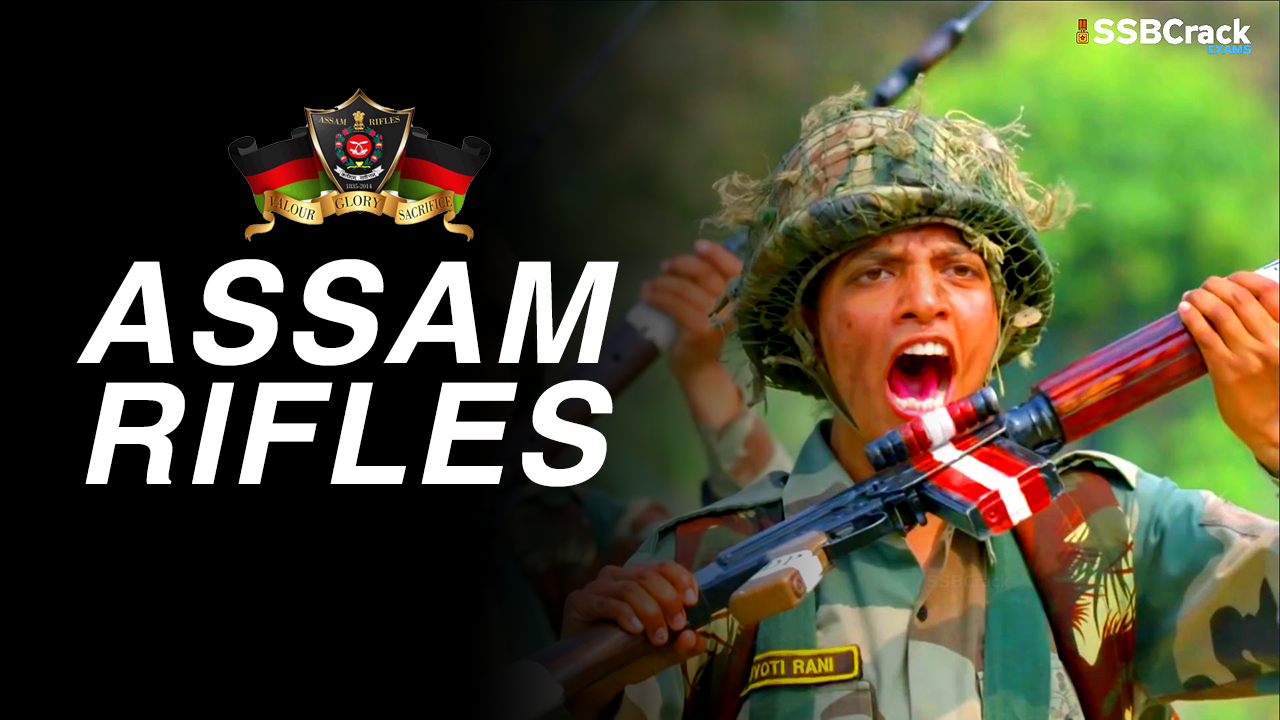


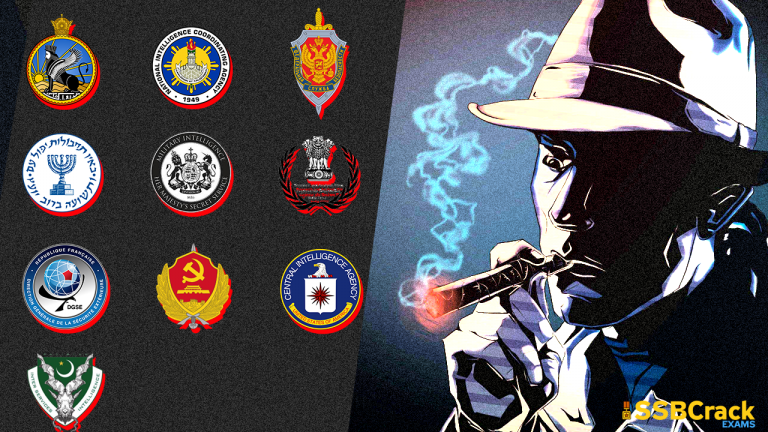
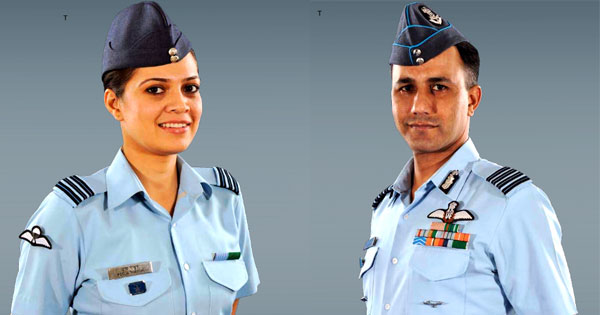
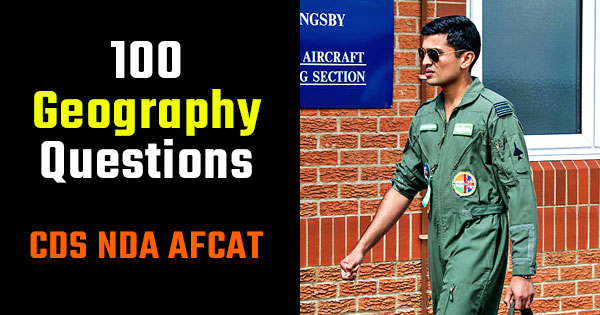
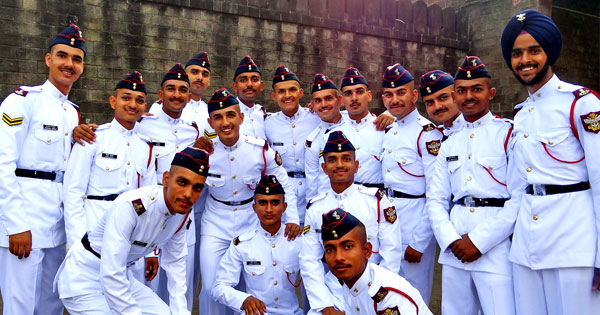
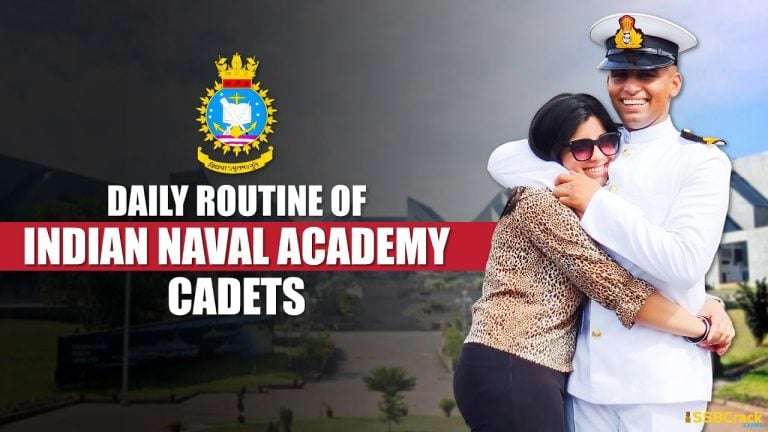
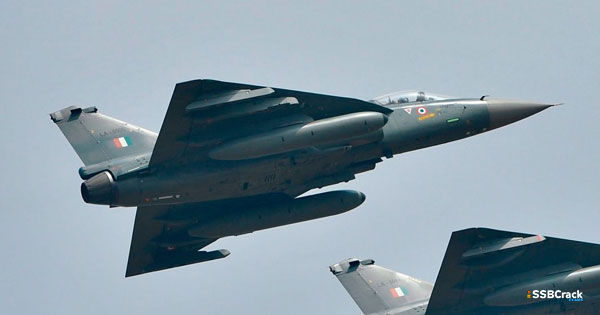

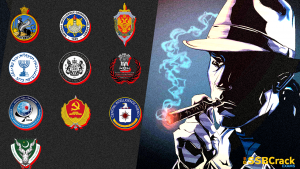
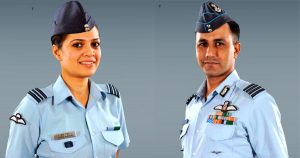
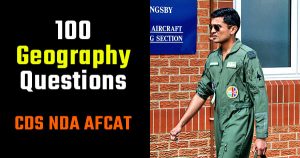
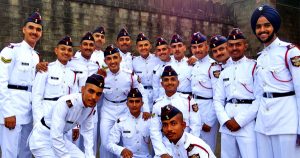

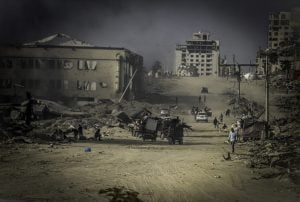
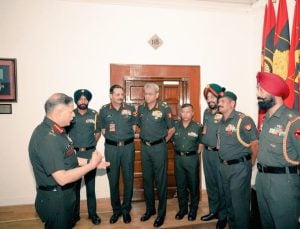
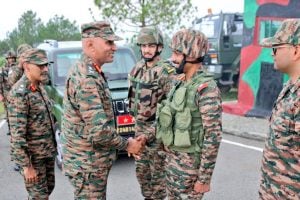
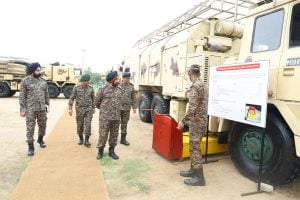

1 thought on “All About Assam Rifles – Sentinels of the North East”
Can Assam Rifle deployed in Kashmir or only deployed in North East.